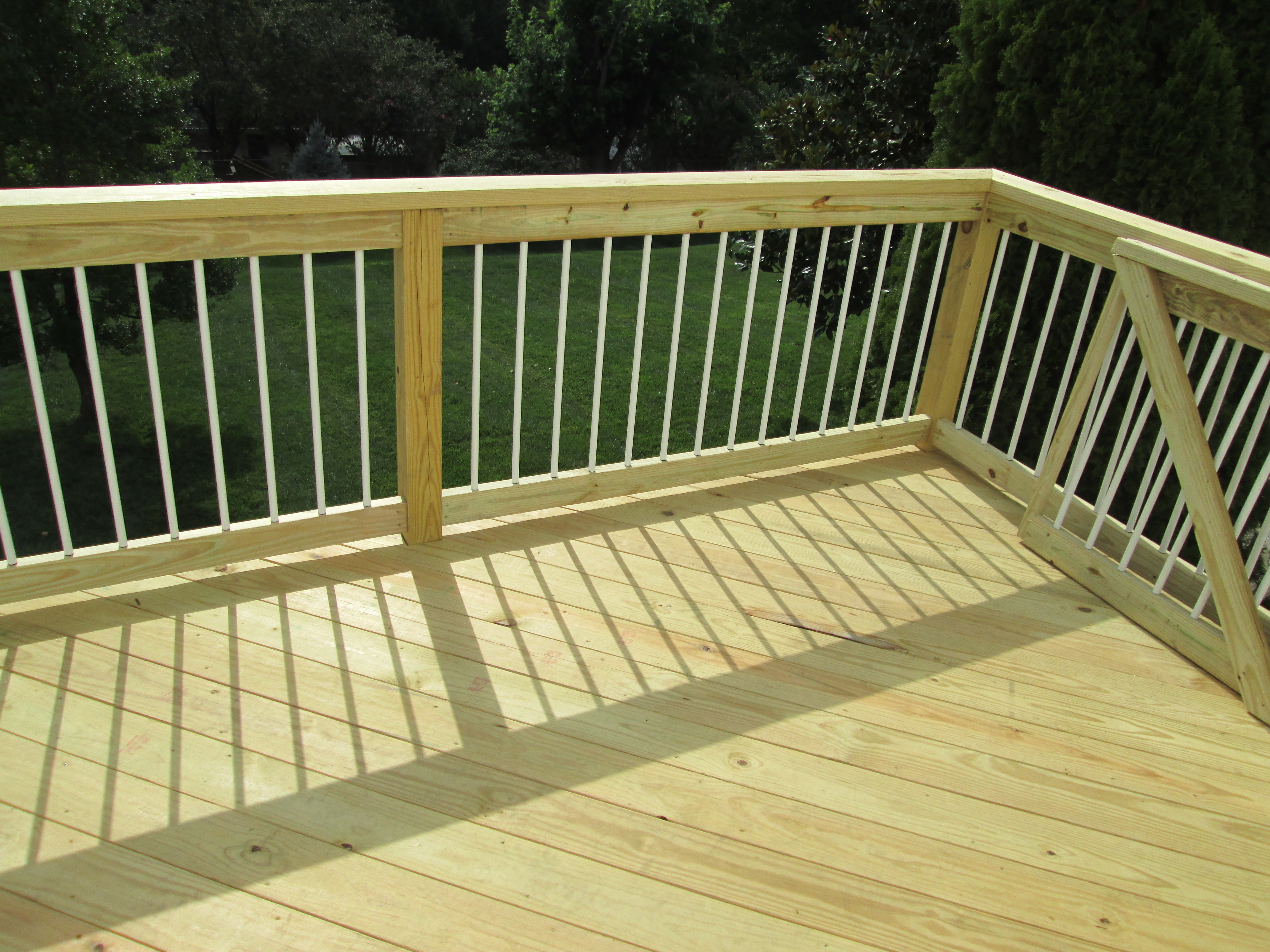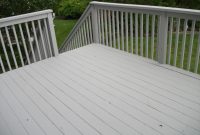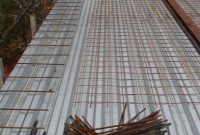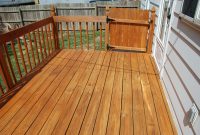 Is Pressure Treated Lumber Safe St Louis Decks Screened Porches with sizing 4608 X 3456
Is Pressure Treated Lumber Safe St Louis Decks Screened Porches with sizing 4608 X 3456Best Pressure Treated Lumber for Decks: Choosing the Perfect Foundation for Your Outdoor Oasis
Introduction
Best Pressure Treated Lumber For Decks – Choosing suitable materials is paramount when building your dream deck. A sturdy and long-lasting foundation is essential to ensure the safety and beauty of your outdoor oasis. Among the many options available, pressure-treated lumber is a reliable choice. This article will delve into the world of pressure-treated lumber, exploring its benefits, different types, and factors to consider. We will also present our top five picks for the best pressure-treated lumber for decks, followed by essential maintenance and care tips. Let’s embark on this journey to help you make an informed decision!
Understanding Pressure-Treated Lumber
Before we dive into the specifics, let’s understand what pressure-treated lumber is. This type of wood undergoes a preservation process that enhances its durability and resistance to decay, insects, and rot. Pressure-treated lumber is created by infusing the wood with chemical preservatives under high pressure, ensuring deep penetration and optimal protection.
Using pressure-treated lumber for your deck offers a multitude of advantages. Firstly, it significantly increases the lifespan of your deck, allowing you to enjoy its beauty for years to come. The enhanced durability makes it an excellent choice for areas with high moisture levels or termites. Additionally, pressure-treated lumber is readily available and more cost-effective than some alternative decking materials.
However, weighing the pros and cons of different types of pressure-treated lumber is essential. There are three primary categories: Above Ground, Ground Contact, and Marine. Ground-treated lumber is ideal for elevated decks and is exposed to minimal ground contact. Ground Contact treated lumber is suitable for direct contact with soil or freshwater decks, while Marine treated lumber is designed explicitly for decks subjected to constant water immersion.
Factors to Consider When Choosing Pressure-Treated Lumber for Decks
When selecting the best pressure-treated lumber for your deck, several crucial factors come into play. Let’s explore each of them to ensure you make an informed decision.
Moisture Content
Moisture content is a vital aspect to consider as it affects the stability and longevity of your deck. Opt for lumber with low moisture content to prevent warping, cracking, and shrinking over time. Ensure the lumber is correctly kiln-dried before purchase to achieve the ideal moisture level for your specific climate.
Wood Species
Different wood species offer varying levels of strength, durability, and resistance to decay. Popular choices for pressure-treated lumber include Southern Yellow Pine, Cedar, and Redwood. Southern Yellow Pine is known for its affordability and natural resistance to corrosion, making it a popular option. Cedar and Redwood, on the other hand, possess natural oils that enhance their resistance to insects and rot, making them suitable for decks requiring a touch of elegance.
Preservation Treatment
The quality and type of preservation treatment are crucial factors in determining the longevity and protection provided by pressure-treated lumber. Ensure that the lumber you choose has undergone a reliable preservation treatment process. The most common types of treatments include Alkaline Copper Quaternary (ACQ) and Copper Azole (CA). These treatments provide optimal protection against insects, decay, and fungi, ensuring the longevity of your deck.
Strength and Durability
A robust and durable deck is essential for withstanding the test of time and the elements. Look for pressure-treated lumber with high strength ratings, indicating its ability to handle heavy loads and resist bending or warping. Thicker lumber dimensions generally provide increased strength, ensuring the stability of your deck.
Sustainability
Choosing sustainable materials for our projects is paramount as we become more conscious of our environmental impact. Look for pressure-treated lumber certified by organizations like the Forest Stewardship Council (FSC). These certifications ensure that the wood is sourced from responsibly managed forests, promoting environmental stewardship.
Top 5 Best Pressure-Treated Lumber for Decks
Now that we have a solid understanding of the factors to consider, let’s explore our top five picks for the best pressure-treated lumber for decks:
- ACQ Southern Yellow Pine: This affordable and readily available lumber offers excellent durability and resistance to decay. It is ideal for above-ground decks in moderate climates.
- Cedar: Known for its natural beauty and insect-resistant properties, Cedar adds elegance and charm to any deck. It is a perfect choice for those seeking a touch of sophistication.
- Redwood: With its rich color and natural resistance to insects and decay, Redwood exudes timeless beauty and durability. It is an excellent choice for decks that demand both aesthetics and longevity.
- Ground Contact Treated Lumber: Specifically designed for direct contact with soil or fresh water decks, Ground Contact treated lumber provides enhanced protection against decay and insects.
- Marine Treated Lumber: If you have a waterfront property or a deck subject to constant water immersion, Marine treated lumber is your go-to choice. It offers superior protection against rot, decay, and marine borers.
While prices may vary depending on your location and the supplier, it’s crucial to balance your budget and your deck’s desired quality and durability.
Maintenance and Care of Pressure-Treated Lumber Decks
Proper maintenance and care are crucial to maximizing the lifespan and beauty of your pressure-treated lumber deck. Here are some essential tips to keep in mind:
- Regular Cleaning: Remove dirt, debris, and stains from your deck using a mild detergent and a soft-bristle brush. Avoid harsh chemicals that may damage the wood.
- Sealing and Staining: Apply a high-quality sealer or stain every few years to protect your deck from UV rays and water damage. This helps maintain its color and slows down the natural aging process.
- Avoid Standing Water: Ensure proper drainage to prevent standing water on your deck, which can lead to wood rot and decay. Regularly inspect and clean your gutters and downspouts to prevent water accumulation.
- Preventative Measures: Use protective pads under outdoor furniture to prevent scratches and dents. Trim nearby trees and shrubs to avoid excessive debris buildup and potential damage to the deck.
- Regular Inspections: Routinely check for signs of damage, including loose boards, cracks, or any signs of insect activity. Address any issues promptly to prevent further deterioration.
Conclusion
Choosing the best pressure-treated lumber for your deck is a crucial decision that impacts your outdoor space’s longevity and aesthetics. By considering factors such as moisture content, wood species, preservation treatment, strength and durability, and sustainability, you can make an informed choice that aligns with your needs and preferences.
Based on our research and analysis, we recommend ACQ Southern Yellow Pine as an excellent choice for an affordable and durable deck. However, it’s essential to explore the options available and select the lumber that best suits your specific requirements.
Remember, proper maintenance and care are essential to preserving the beauty and lifespan of your pressure-treated lumber deck. Regular cleaning, sealing, and inspections will ensure that your deck remains a stunning haven for relaxation and enjoyment for years to come.
So, go ahead and confidently embark on your deck-building journey, knowing that you have chosen the best pressure-treated lumber to lay the foundation for your outdoor oasis!



